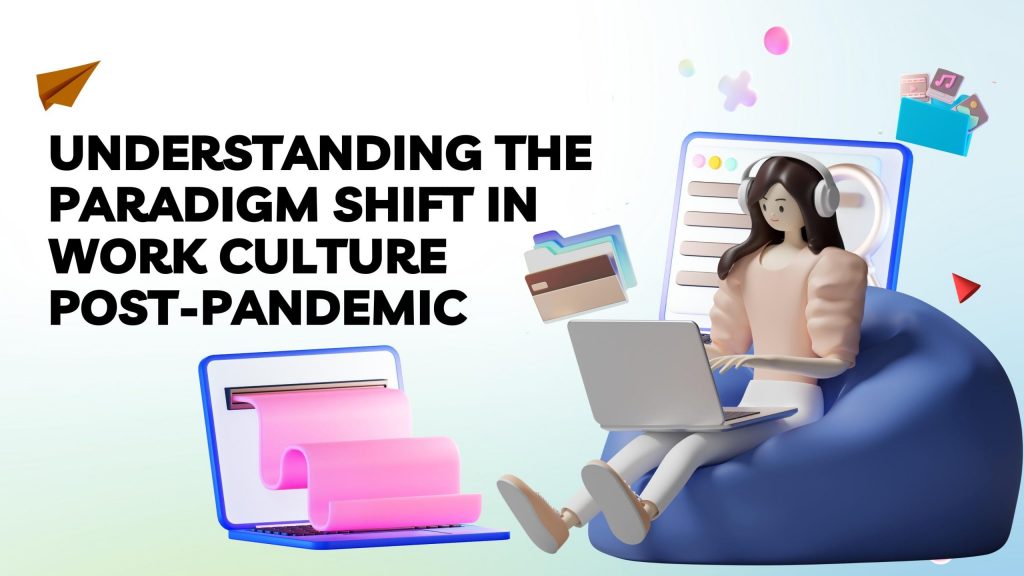Understanding the Paradigm Shift in Work Culture Post-pandemic

Shedding light on the post-pandemic transition How the pre and post-pandemic era has brought a change in the work culture Understanding a variety of workplace models. Risks involved in operating with multiple work models How some employers have tried to overcome these risks and challenges to offer a hassle-free multi-model work environment to employees The […]
